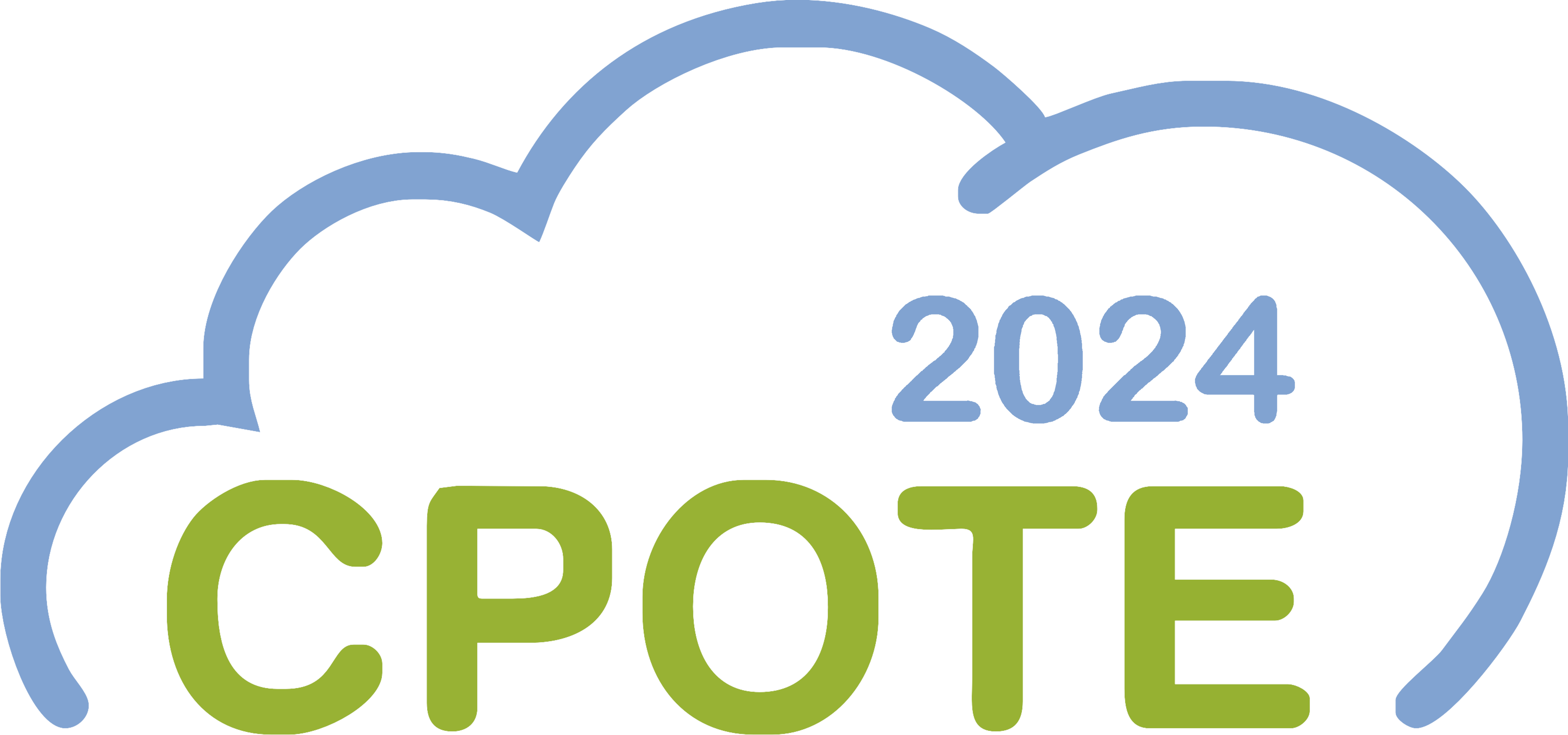
CPOTE2024
|
8th
International Conference on
Contemporary Problems of Thermal Engineering
23-26 September 2024 | Gliwice, Poland | Hybrid event
Contemporary Problems of Thermal Engineering
23-26 September 2024 | Gliwice, Poland | Hybrid event
Abstract CPOTE2024-1052-A
Feasibility analysis of indirect evaporative cooling technologies in various climate conditions: present and future potential
Alanis ZEOLI, University of Liege, BelgiumAnna PACAK, Wrocław University of Science and Technology, Poland
Samuel GENDEBIEN, University of Liège, Belgium
Vincent LEMORT, University of Liège, Belgium
Due to global warming, air conditioning in indoor spaces is responsible for the growing energy demand in commercial and residential buildings all over the world. According to the International Energy Agency (IEA), cooling represents 20% of the total energy demand of buildings. Current active cooling technologies commonly used in air conditioning have a negative environmental impact caused both by increasing electrical energy demand and by refrigerant leakage characterised by high Global Warming Potential (GWP). Exploring alternative air-conditioning methods has become a significant area of interest to tackle the drawbacks associated with vapour-compression systems. This work aims to study the interest of evaporative cooling technologies in ten climatic zones and their potential evolution with global warming. The considered climatic zones are ranging from 0A to 6A according to the ASHRAE climate zone classification, 0A corresponding to Extremely Hot Humid and 6A to Cold Humid. The potential of evaporative cooling technologies is evaluated through a feasibility analysis. The performance of those techniques strongly depends on outdoor climate conditions, showing a better performance in dry climates. The evaporative cooling techniques studied in this work include direct evaporative cooling, indirect evaporative cooling, and variations of desiccant evaporative cooling technologies. For each operation mode, a theoretical performance limit can be determined, and the number of hours for which that limit cannot be reached using evaporative cooling techniques can be computed. It is shown that although active cooling systems dominate nowadays, there is a potential to use desiccant evaporative cooling systems in almost all climate zones worldwide.
Keywords: Evaporative cooling, Desiccant cooling, Feasibility analysis, Alternative air-conditioning, Combined cooling systems
Acknowledgment: This study is a part of the International Energy Agency (IEA) EBC Annex 85 – “ Indirect Evaporative Cooling” project activities. The work was co-financed by the program of Polish National Centre for Research and Development "Lider XII [contract No. LIDER/29/0151/L-12/20/NCBR/2021].